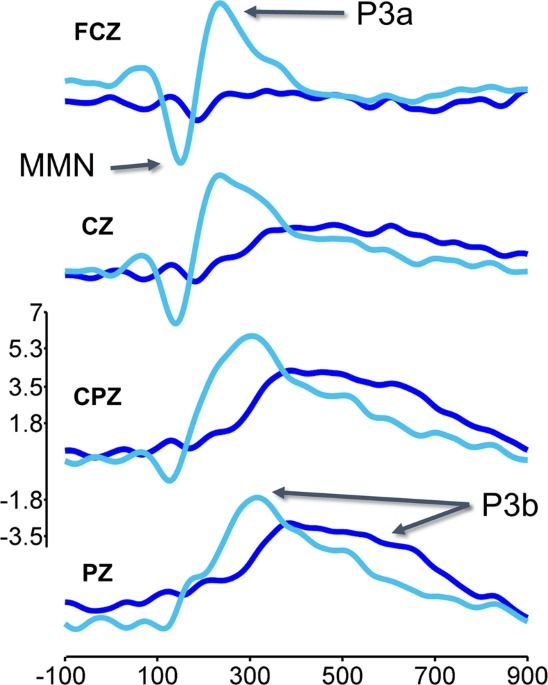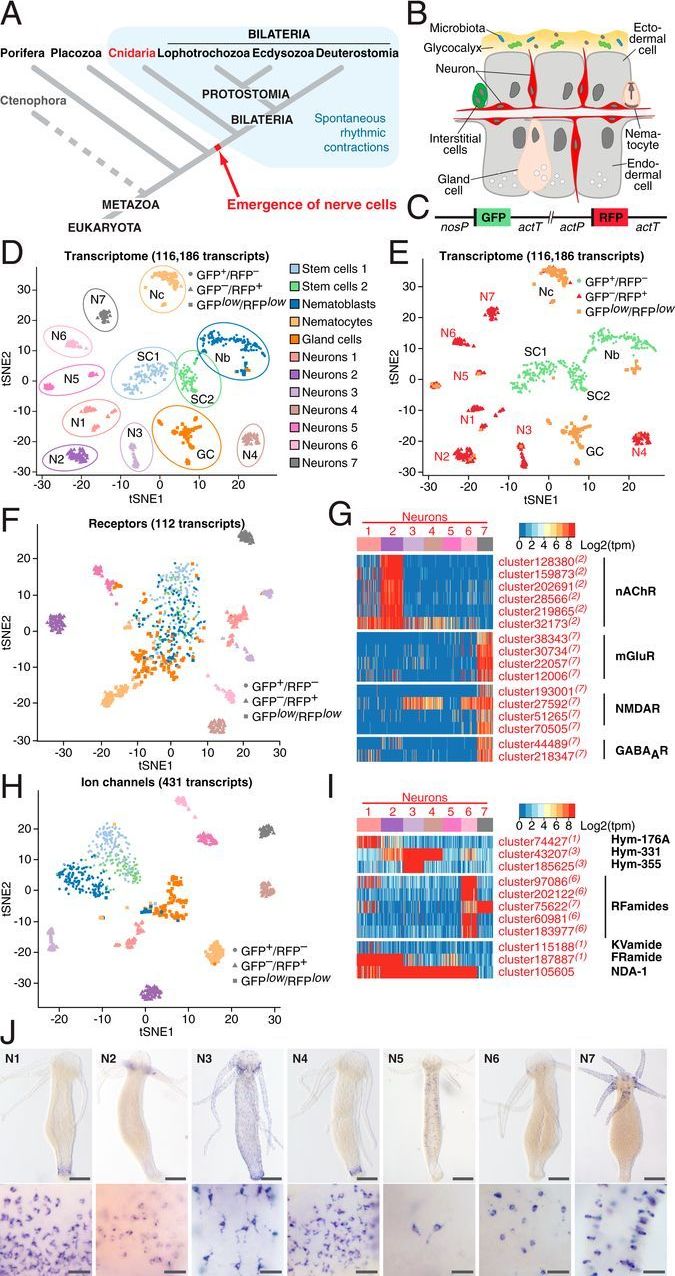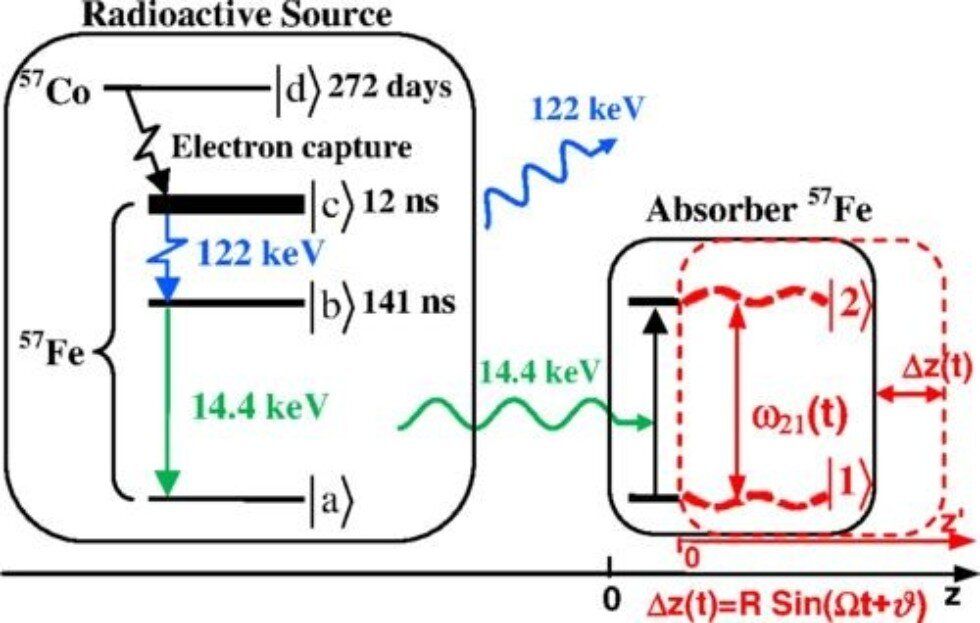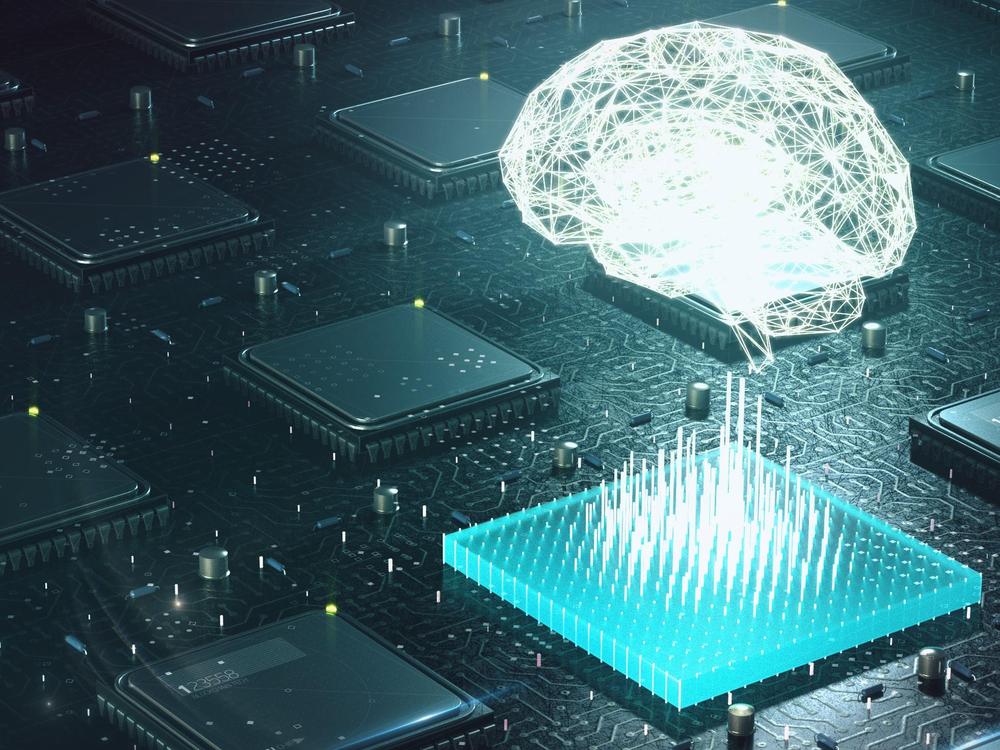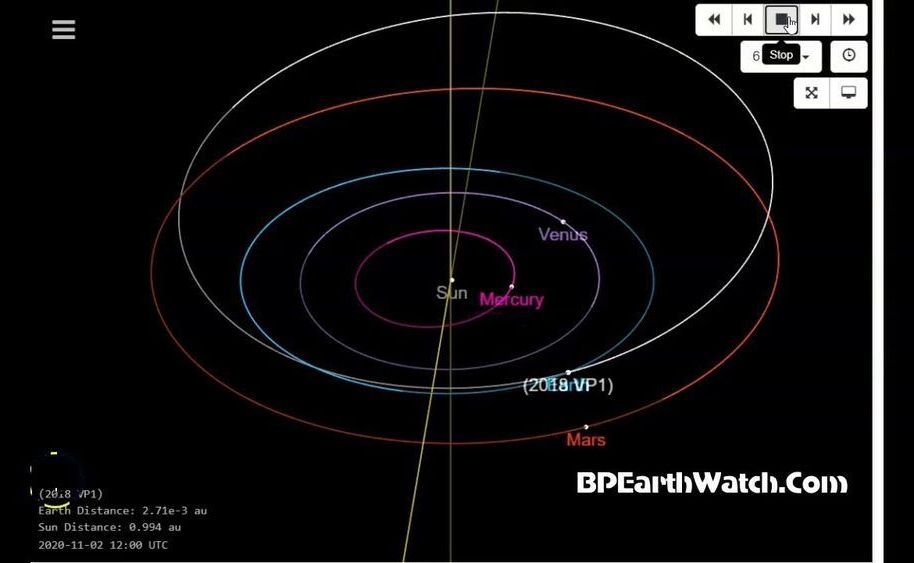Jul 21, 2020
Electrophysiological evidence of preserved hearing at the end of life
Posted by Saúl Morales Rodriguéz in category: biotech/medical
This study attempts to answer the question: “Is hearing the last to go?” We present evidence of hearing among unresponsive actively dying hospice patients. Individual ERP (MMN, P3a, and P3b) responses to deviations in auditory patterns are reported for conscious young, healthy control participants, as well as for hospice patients, both when the latter were conscious, and again when they became unresponsive to their environment. Whereas the MMN (and perhaps too the P3a) is considered an automatic response to auditory irregularities, the P3b is associated with conscious detection of oddball targets. All control participants, and most responsive hospice patients, evidenced a “local” effect (either a MMN, a P3a, or both) and some a “global” effect (P3b) to deviations in tone, or deviations in auditory pattern. Importantly, most unresponsive patients showed evidence of MMN responses to tone changes, and some showed a P3a or P3b response to either tone or pattern changes. Thus, their auditory systems were responding similarly to those of young, healthy controls just hours from end of life. Hearing may indeed be one of the last senses to lose function as humans die.
